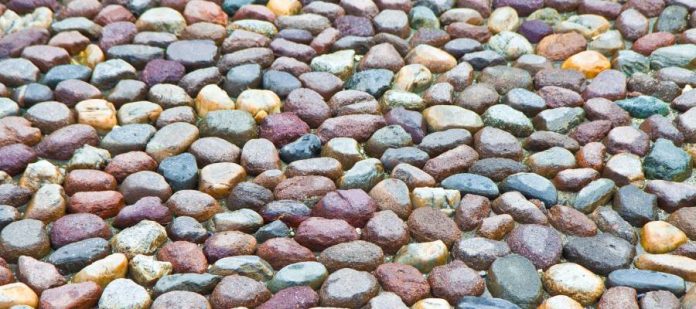Permeable paving is gaining traction as an environmentally sound and excellent alternative to traditional paving materials such as asphalt, cement, and concrete. Still, many misconceptions about this material and what it can be used for exist. Here are four common myths about permeable paving debunked.
Myth 1: Permeable Paving Is Not Durable
Some may view permeable paving as a less durable material as it does not exclusively consist of stone and other substances such as asphalt, concrete, and cement. Not true. Modern permeable paving materials, such as resin-bound gravel, can withstand heavy traffic, harsh weather conditions, and more. Properly installed and maintained permeable paving lasts just as long as, if not longer than, traditional paving materials.
Myth 2: Permeable Paving Is Too Expensive
Some people think permeable paving is prohibitively expensive. While it’s true the initial cost is higher than traditional options, the long-term savings and environmental benefits outweigh the investment. Furthermore, permeable paving reduces the need for costly drainage systems and minimizes water damage to surrounding structures. Over time, reduced maintenance costs make permeable paving a financially sound choice.
Myth 3: Permeable Paving Does Not Prevent Flooding
One big drawback of nonpermeable materials such as concrete, cement, and asphalt is how they cause runoff during storms and other circumstances, wherein polluted water pools and washes away into the surrounding ecosystem. Some skeptics argue permeable paving cannot effectively manage stormwater and prevent flooding. In truth, permeable paving lets water through to infiltrate the ground. Permeable paving reduces runoff, mitigates flood risk, and replenishes the underground water supply. Permeable paving is also marvelous for preventing soil erosion.
Myth 4: Permeable Paving Is Ineffective in Cold Climates
Some wonder whether permeable paving becomes less effective when the temperature drops. Not at all. A prevalent myth is that permeable paving performs poorly in cold climates due to the freezing and thawing cycles. However, it can handle these conditions as well as, if not better than, impermeable paving, as its porosity allows water to drain away, reducing dangerous ice formation and surface damage. Therefore, it won’t crack and is a safer surface to walk and drive on.
Those are just four common myths about permeable paving debunked. Permeable paving remains a powerful tool for sustainable development and environmental preservation on several different levels.























